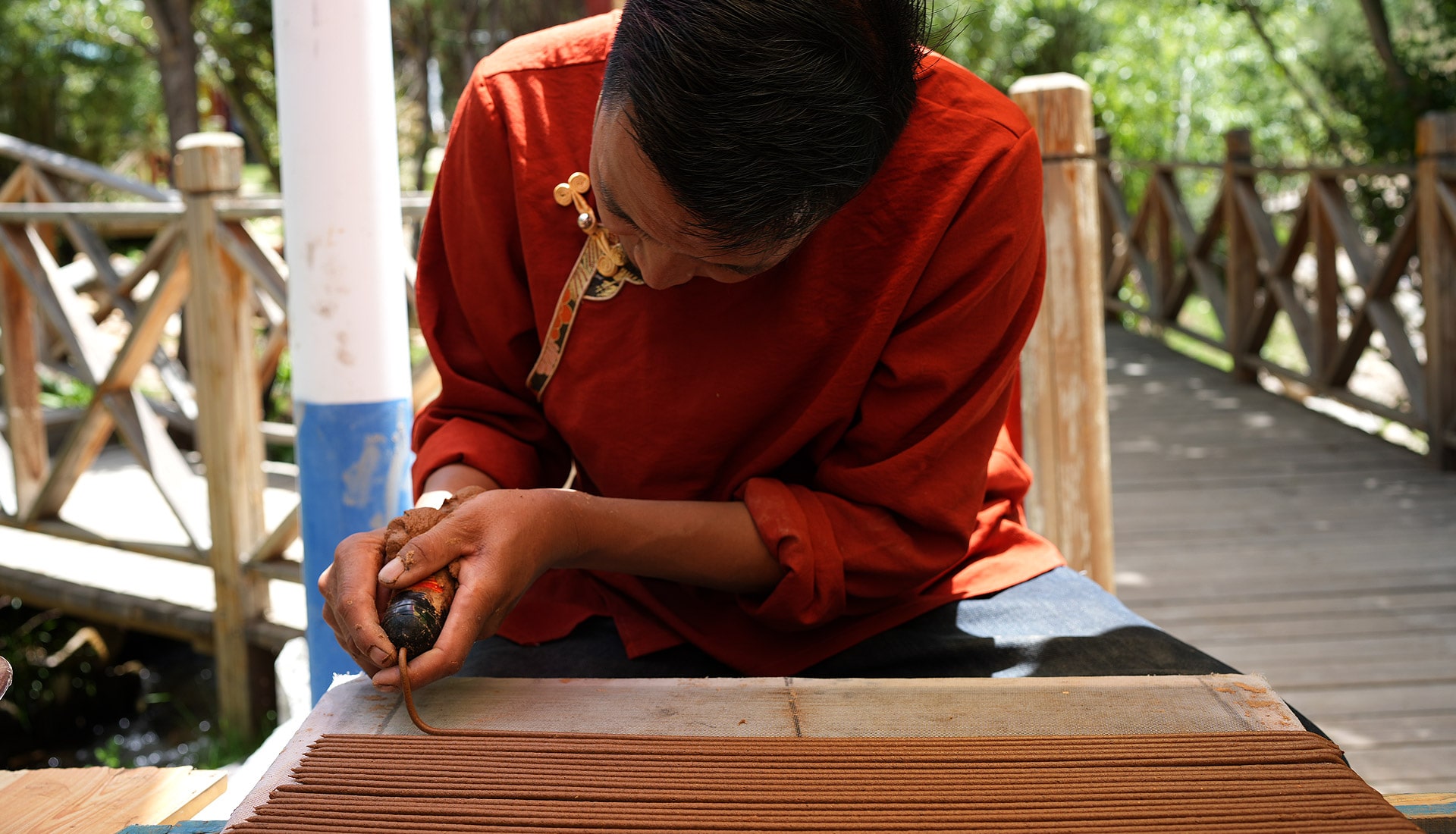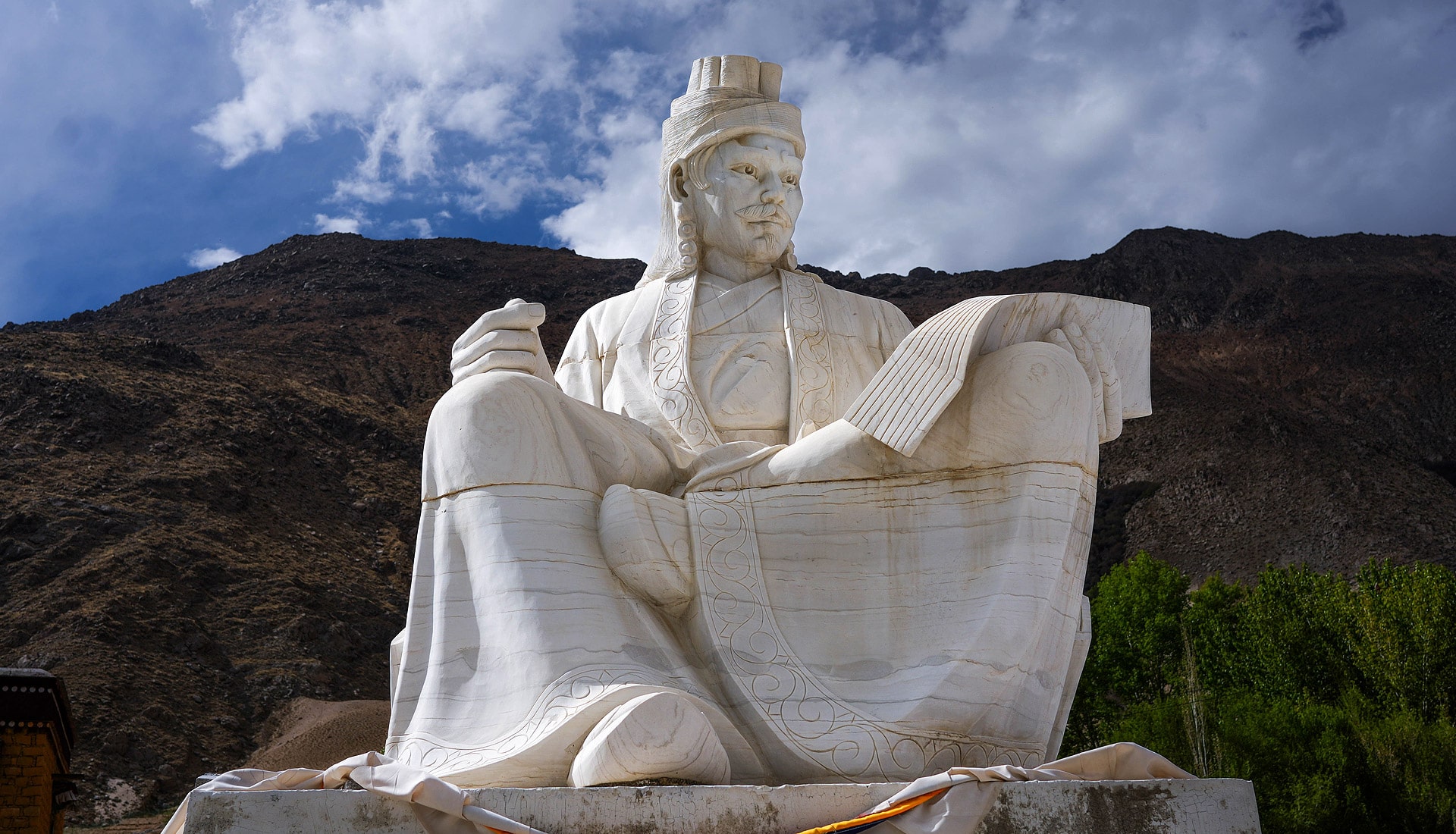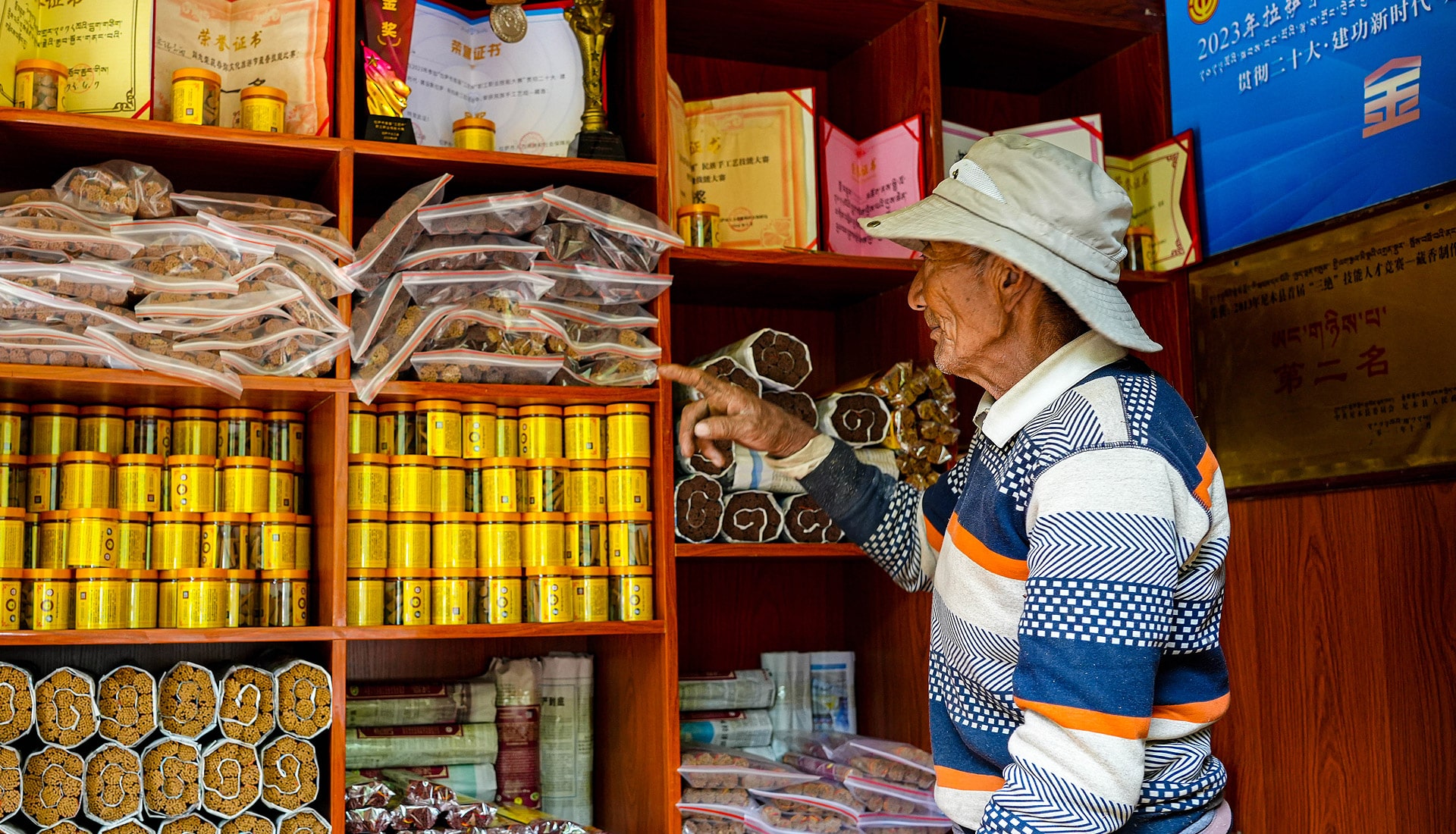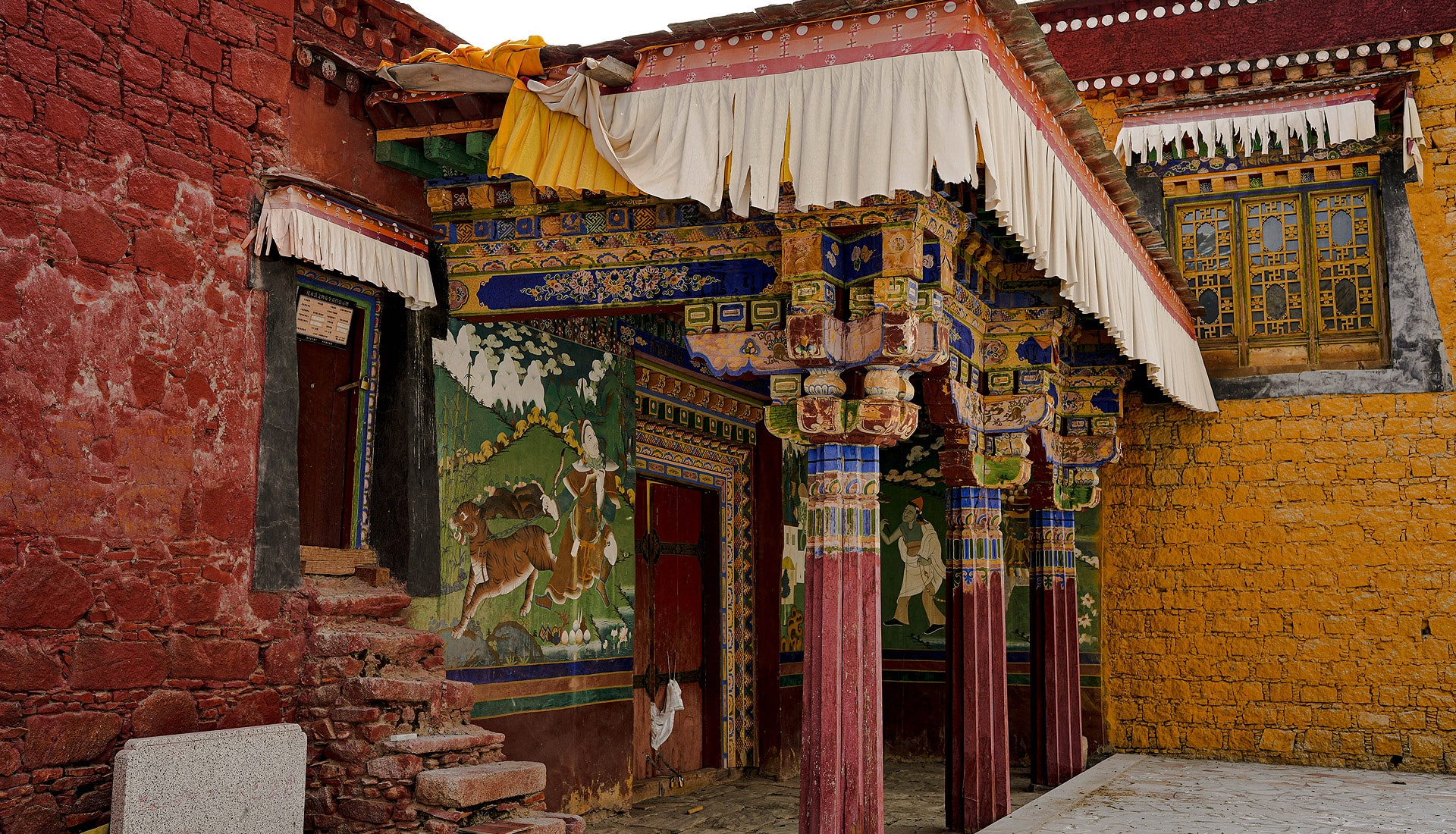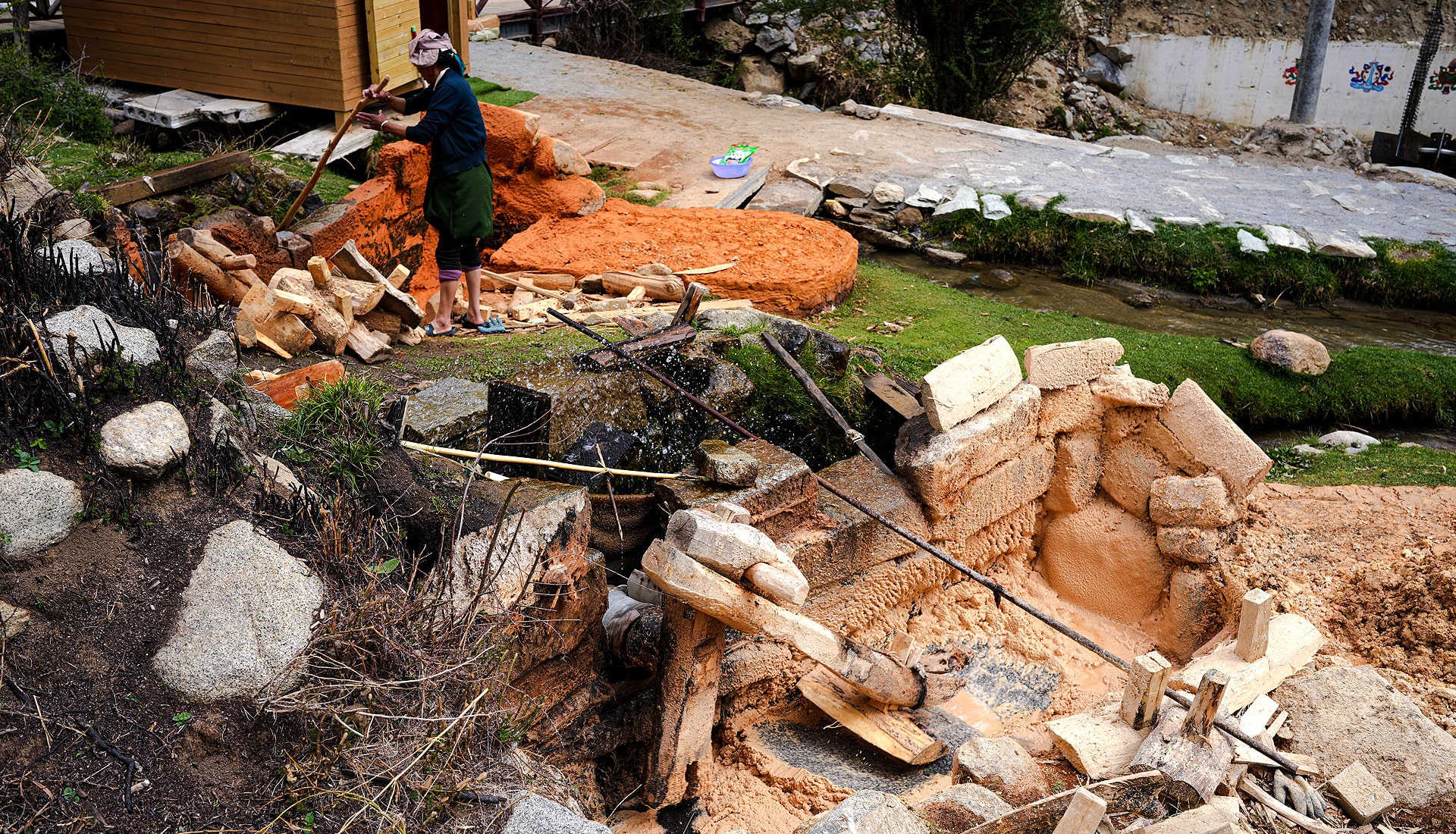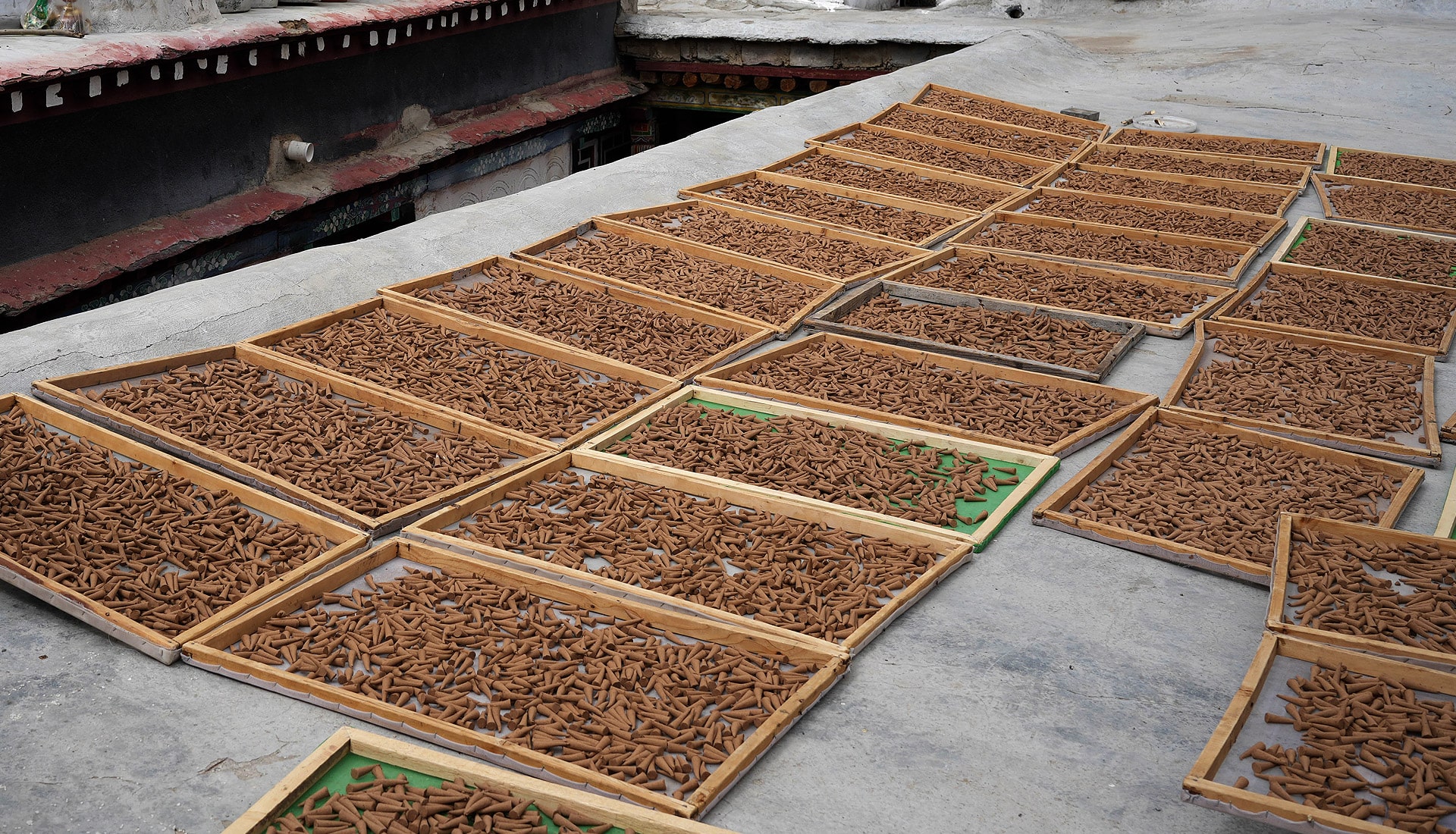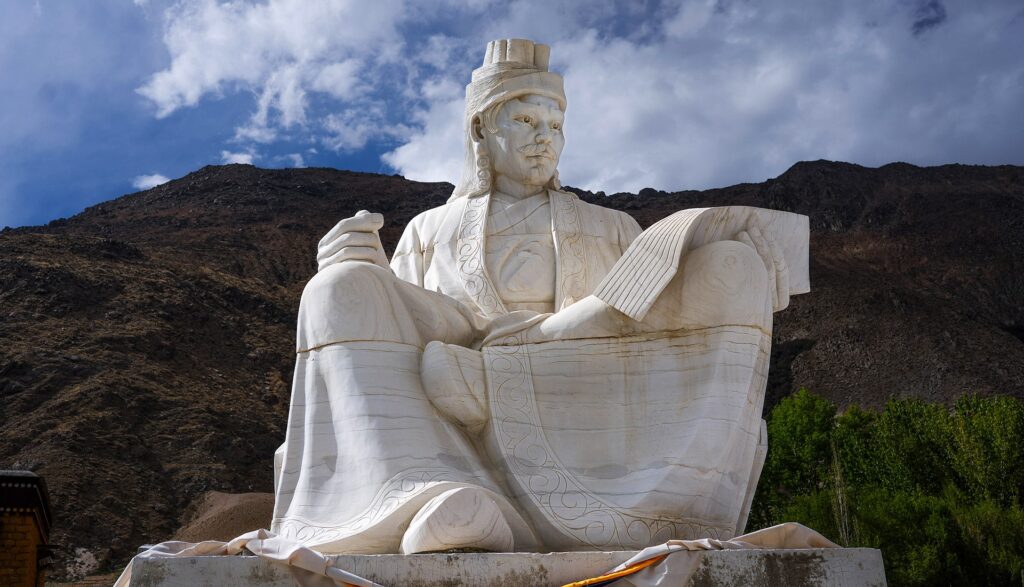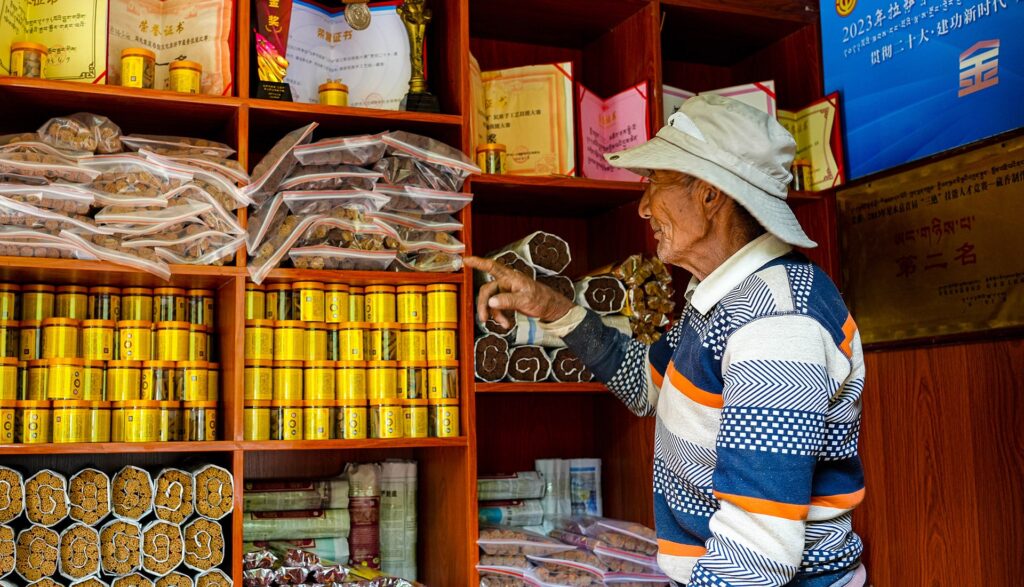Tibetan Incense: A Mysterious Aroma from the Roof of the World
Across the vast and mystical land of Tibet, there is a sacred scent that drifts through every corner—carrying with it centuries of devotion and spiritual tradition. This is Tibetan incense. As one of Tibet’s three most iconic traditional handicrafts, Tibetan incense is more than just a part of daily life; it is a profound expression of faith, purification, and cultural continuity in the spiritual world of the Tibetan people.
Historical Origins|Tracing the Ancient Roots of Tibetan Tradition
According to legend, the history of Tibetan incense dates back to the 7th century, created by Thonmi Sambhota, a minister of King Songtsen Gampo. Guided by the principles of traditional Tibetan medicine, he developed a unique hand-crafted water-grinding technique for making incense, which soon spread across the Tibetan plateau. With over 1,300 years of heritage and refinement, this ancient craft has been recognized as part of China’s second batch of National Intangible Cultural Heritage, symbolizing the spirit and cultural identity of the Tibetan people.
Craftsmanship & Techniques|Traditional Tibetan Handmade Artistry
The production of Tibetan incense is a meticulous and sacred process, with each step reflecting the artisan’s dedication and skill. It begins with the careful selection of natural Himalayan herbs and ingredients such as saffron, snow lotus, musk, and sandalwood—all sourced from the Tibetan plateau to ensure purity and authenticity. The raw materials are then ground, blended, and kneaded before being hand-extruded into shape and air-dried. Throughout the process, artisans cleanse their hands, tools, and even their minds, preserving both the quality and spiritual sanctity of each incense stick.
Key Ingredients & Benefits|Sacred Himalayan Herbs for Purification and Inner Calm
Tibetan incense is made from a variety of precious medicinal ingredients, including saffron, snow lotus, musk, and sandalwood. These natural Himalayan herbs not only give the incense its distinctive and long-lasting aroma, but also offer numerous health benefits such as detoxification, antibacterial, antiviral, and anti-inflammatory properties. When burned indoors, Tibetan incense helps purify the air and prevent the spread of illnesses like influenza, mumps, and hand-foot-and-mouth disease. It also aids in improving sleep quality, relieving stress and tension, and reducing headaches. In Tibetan Buddhism, incense is regarded as a sacred offering to the Three Jewels and protective deities, believed to eliminate negative karma, bring blessings, and cultivate a noble rebirth.
Usage & Cultural Significance|Light Tibetan Incense to Purify the Mind and Embrace Himalayan Spirituality
Tibetan incense can be used in various ways: it can be directly burned to release fragrance, placed on heated metal or charcoal for fumigation, or even applied as powder to the body or clothing as a daily perfume. In Tibetan life, incense is omnipresent—not only a daily necessity but a spiritual symbol. As dusk falls, Tibetans light incense, offering prayers with deep devotion, allowing the sacred aroma to carry their faith and blessings into the evening sky.
Conclusion
As a treasured symbol of traditional Tibetan culture, Tibetan incense carries the history and faith of its people. Its distinctive aroma and medicinal properties have gained admiration worldwide. In the fast-paced rhythm of modern life, lighting a stick of Tibetan incense can transport you to a world of serenity and peace—allowing you to feel the devotion and purity of the Himalayas.

